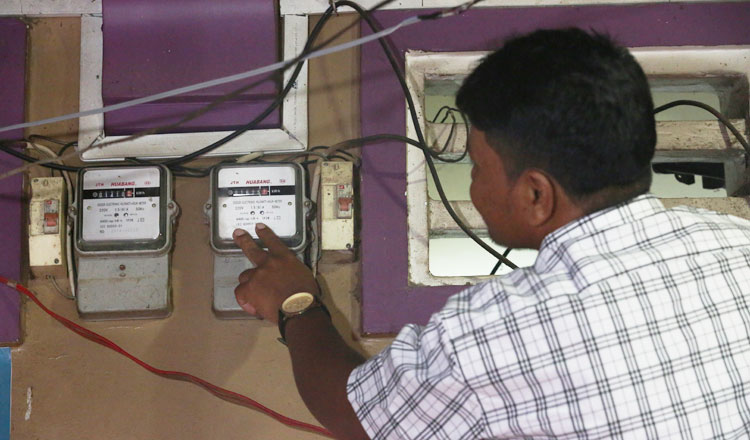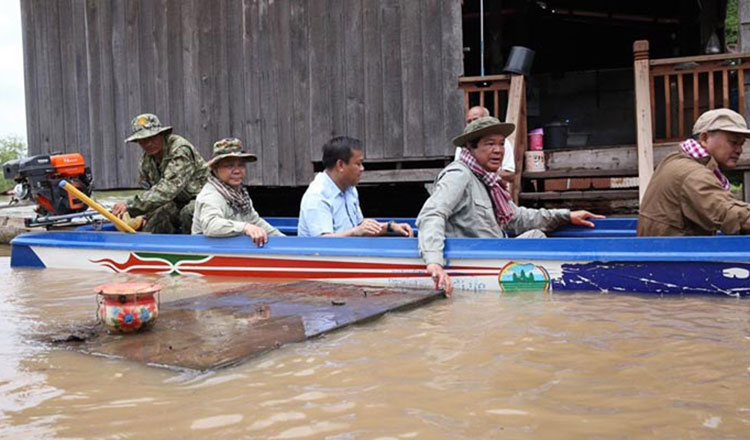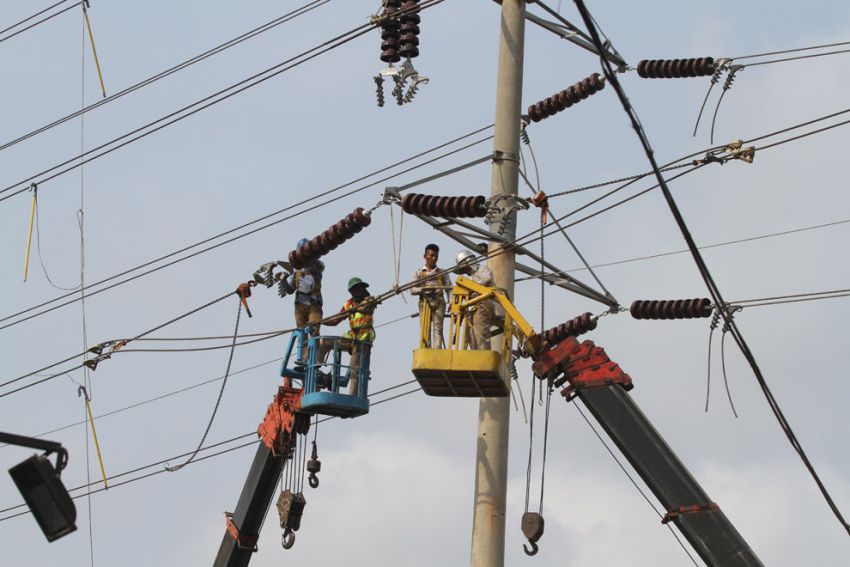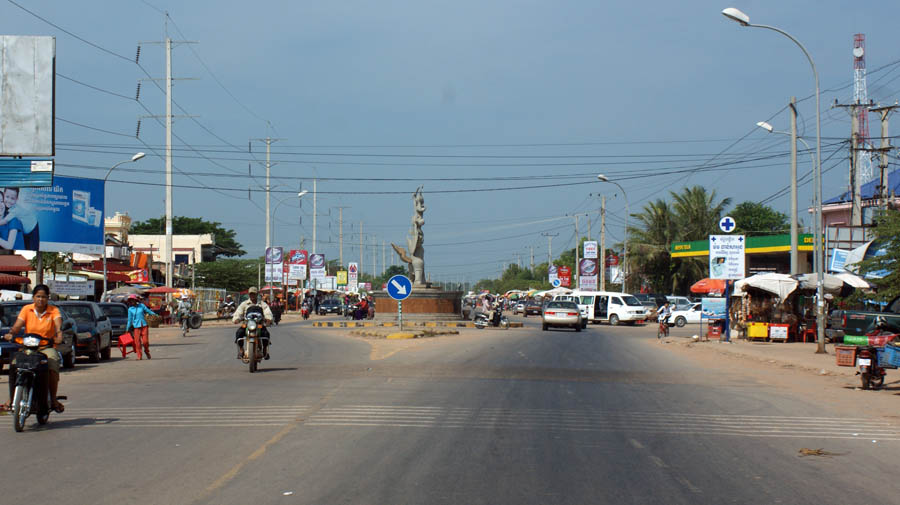Cheaper Electricity on the Way for Businesses and Families
The electricity regulator will continue to bring down the cost of electricity tariffs for households and enterprises in Phnom Penh and a number of provinces from Feb 1, according to a senior official from the Electricity Authority of Cambodia (EAC).
Yim Viseth, chairman of the Electricity Authority of Cambodia, told Khmer Times yesterday the government has decided to lower the cost of electricity for consumers in industry and agriculture.
“We will soon be discussing the electricity tariff and the new price list will be coming out early next month,” Yim added.
“We had come out with a new list before for the electricity tariff for 2020 and had consulted with other stakeholders, but the new list was killed because the government had decided a new tariff for industry and the agriculture sector,” Yim said.
At present, in Phnom Penh and Takhmao, households that consume more than 201 kilowatts an hour (kWh) per month face electricity tariffs of 740 riel ($0.185). However, for families that use less than 50 kWh, the price of electricity is 480 riel ($0.12) per kWh, while those who use from 51 kWh to 200 kWh, the price will be 610 ($0.15).
For commercial, agriculture and industrial enterprises operating in the capital and in Takhmao, the cost of electricity will also fall. For example, medium-sized enterprises that use EDC’s transformers have tariffs of 718 riel ($0.1470) per kWh. In addition to that, for large enterprises or heavy industry, the electricity tariff is $0.1590 per kWh.
People and companies in the following provinces will also enjoy lower tariffs: Kampong Speu, Sihanoukville, Takeo, Kampot, Battambang, Banteay Meanchey, Siem Reap, Prey Veng, Kampong Cham, Tboung Khmum, Kratie, Stung Treng, Mondulkiri, Preah Vihear, and Rattanakiri.
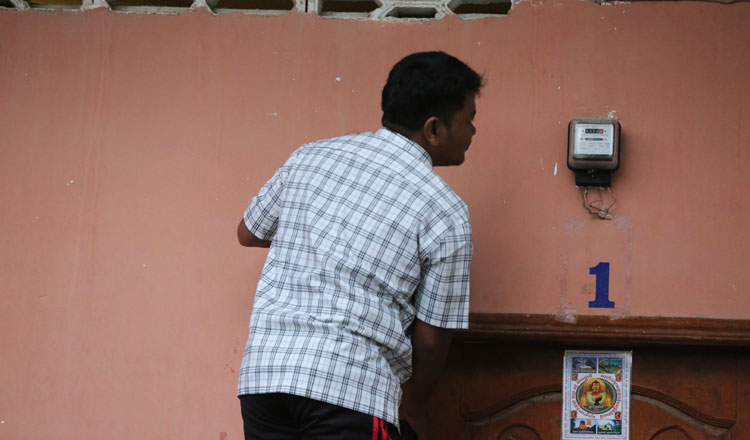
Lun Yeng, secretary-general of the Cambodian Rice Federation, which has more than 300 mills, said that he heard the government will reduce the electricity tariff to around 40 riel per kWh.
He told Khmer Times that lowering the price of electricity would boost production and maintain competitiveness in the rice sector.
He added that the government had decided to reduce the price from $ 0.147 to $ 0.146 in 2020. For the rice sector, we want stability and quality of electricity supply, which will increase our competitiveness,” he said. “Some millers paid an average of between $30,000 and $40,000 a month. This will also help reduce production costs.”
Keo Mom, chair of the LyLy Kameda Japanese-Cambodian snack manufacturer, welcomed to the government’s move. However, she called for a stable and reliable power supply. She said that when the electricity is cut off for half an hour or longer, it will cost a lot of money in terms of production costs.
“With regular power cuts, it could make our operation costs rise and cause problems with the machines so we will not able to compete with foreign products,” Ms Keo said.
“Although our electricity is $0.13 to $0.15 [per kWh], which is higher than neighboring countries, we can accept it, but we ask they make sure the power is stable and reliable. Last year, we lost out in terms of profit and production costs,” she added.
Keo also called on the Electricite du Cambodge (EdC) to inform in advance when they want to switch off the power in order to supply other areas because it is easy for the industry to turn off the machinery and other equipment.
According to EAC’s annual report, the amount of energy produced in the kingdom has increased 14.5 times in the last 15 years. In 2019, total energy output was 3,282 megawatts (MWs), up from 2,635 MWs in 2018.
Last year, Cambodians consumed 12,015 Gigawatts an hour (GWh) of energy, while the year before consumption was 9,739 GWh.
Total energy output will reach 2,755MWs, of which 1,329MWs will come from hydropower, 675MWs from coal power plants, 227 MWs from fossil fuel power stations and 123MWs from renewable energy sources. A total of 226MWs were imported from Thailand, 323 MWs from Vietnam and 76MWs from Laos.
KHMER TIMES

